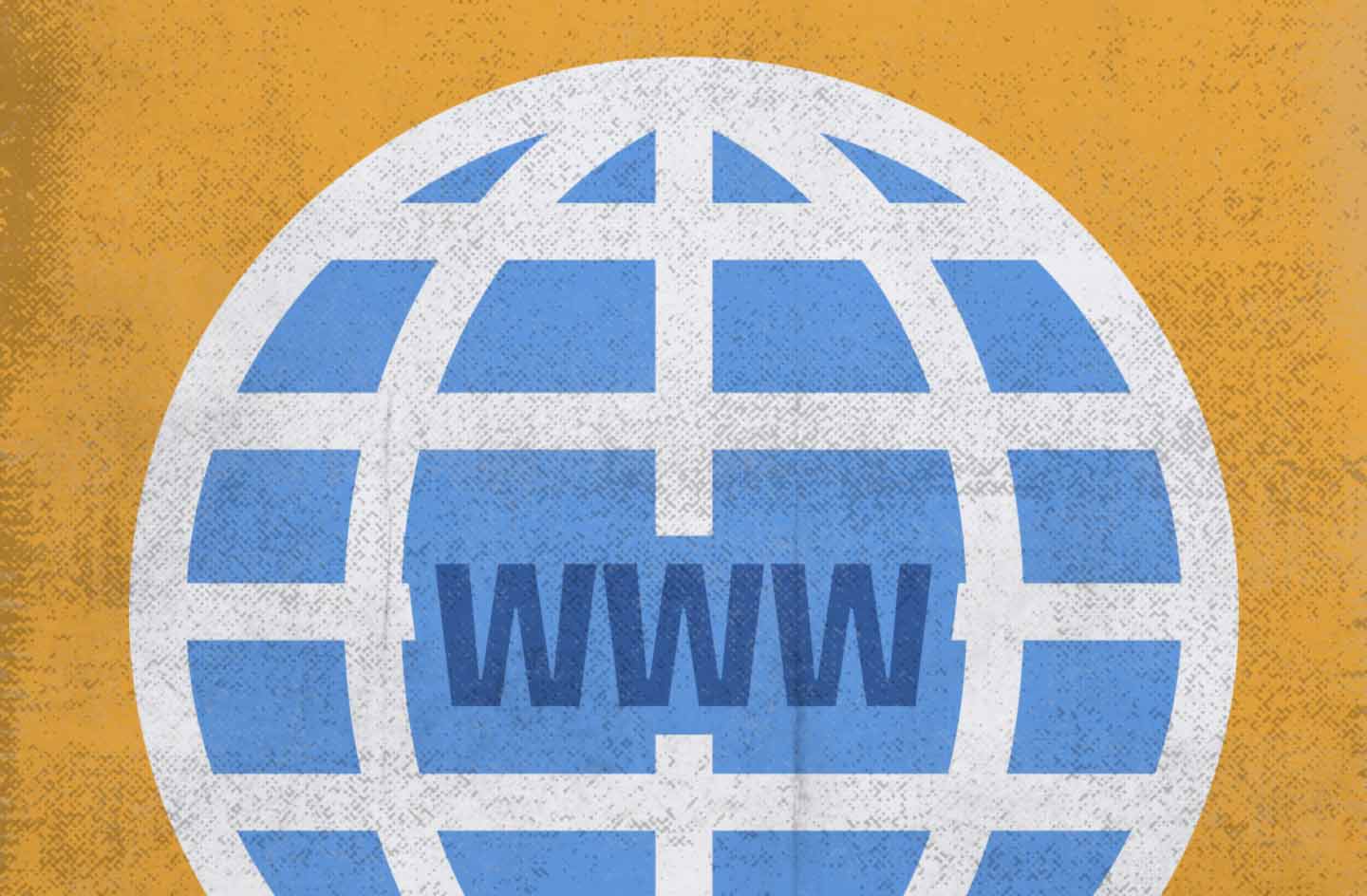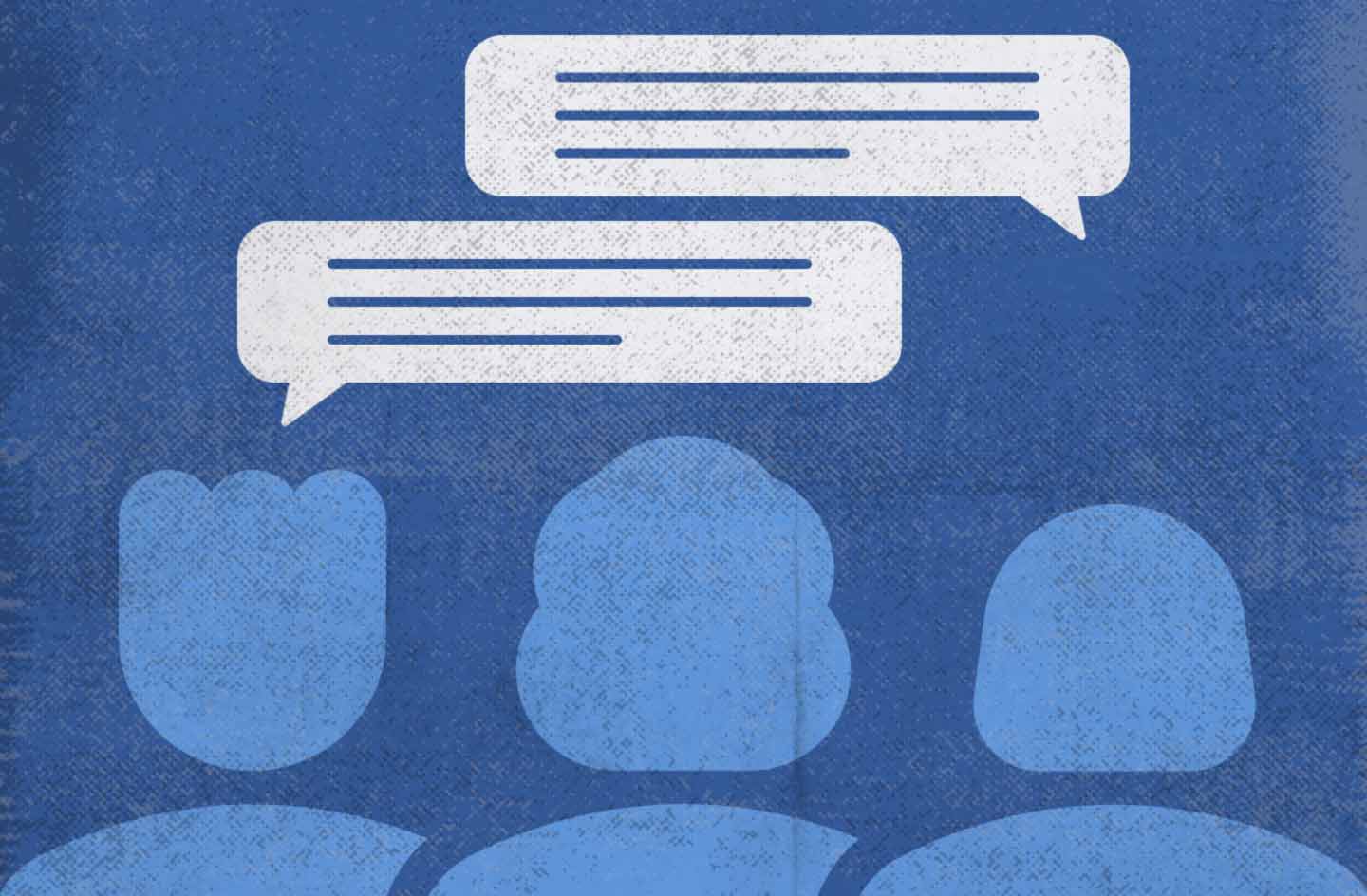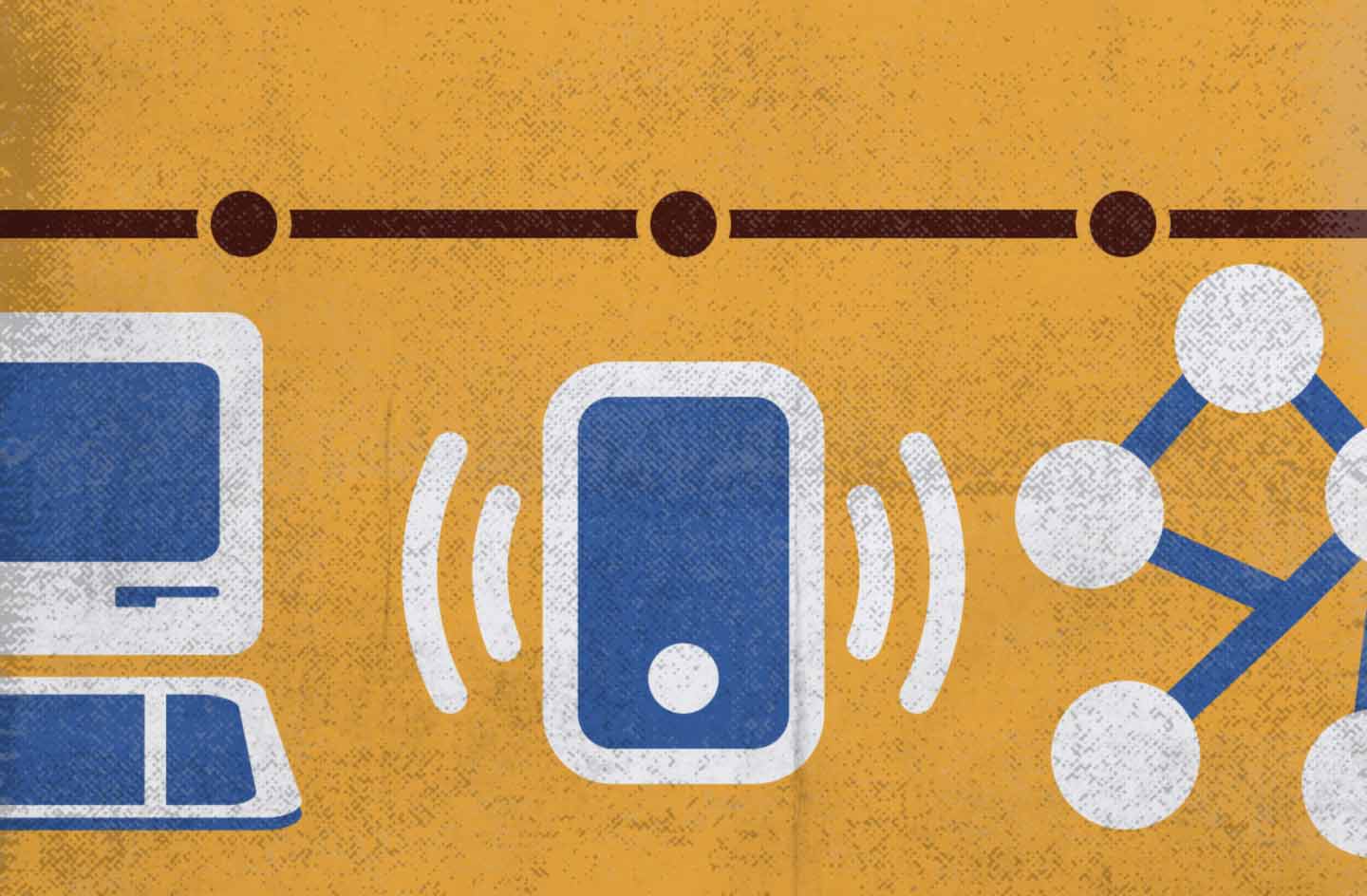Let’s try to grasp the evolution of the Internet through the prism of its three major stages of development: Web 1.0, Web 2.0, and Web 3.0. We’ll compare their features and main characteristics.
Web 1.0: The “Read-Only” Web

Web 1.0 embodied the first phase of the Internet when it started to be used as a platform for publishing information and sharing data. The time frame of this period can be roughly defined from the early 1990s to the end of the 2000s.
The main characteristics of Web 1.0 are:
- The transition from local networks to the global network.
- Static web pages.
- A “read-only” mode for users.
In its essence, Web 1.0 represented the first step in creating a public space with information accessible to users. Web 1.0 is based on one-way communication, which involves:
- providing information in the form of texts, images, and hyperlinks;
- limited opportunities for users to make changes or create content;
- the lack of feedback and communication mechanisms for users in interfaces of websites.
The most popular websites in the Web 1.0 space were:
- news portals;
- catalogs and electronic brochures of companies that provided information about their products and services;
- email services that allowed users to exchange emails.
Web 1.0 was limited in comparison with subsequent versions of the Internet, but it played an important role in laying the foundation for the further development of the online space.
Web 2.0: Collective Intelligence

Web 2.0 marks the next stage in the development of the Internet, which brought mass interactivity, social communication, and the ability to create user-generated content. The formation of Web 2.0 began around the early 2000s and ended tentatively in the mid-2010s.
The main characteristics of Web 2.0 that distinguish it from its predecessor are:
- The transition from static to dynamic web pages and the creation of interactive applications.
- The possibility of interaction and exchange of information between users.
- The focus on social communication, collaboration, and content creation.
While Web 1.0 was predominantly passive and limited, Web 2.0 opened the door to a new era of interactivity, online communication, and user-generated content. Web 2.0 is based on mass communication, which involves:
- the emergence of major social platforms;
- the ability to rate, comment on, and discuss content;
- popularization of blogs, video hosting sites, and platforms for publishing user-generated content.
Within Web 2.0, user-generated content and collective intelligence gained prominence. Unlike Web 1.0, users had the opportunity to become active participants in Web 2.0, editing and posting unique content.
The most popular websites in the Web 2.0 space were:
- forums, with Reddit being a logical development;
- social networks, such as Facebook, Twitter, LinkedIn, and others;
- wikis, the largest of which is Wikipedia that allows users to create and edit content;
- video hosting sites, such as YouTube, where users can share their videos and view content from others;
- image hosting sites, such as Pinterest that allows users to share visual content with others;
- audio hosting sites, such as SoundCloud, where users can post their music;
- blogging platforms, such as Medium and LiveJournal, and so on.
Hence, the jump from Web 1.0 to Web 2.0 was colossal, bringing enormous changes in the way people interact with other users of the global network and the information that’s posted on it.
Web 3.0: The Internet of the Future

Web 3.0 defines the next stage of the Internet. Web 3.0, like its predecessors, has no clear starting point of formation. Its beginning is considered the mid-2010s. This was the period of active development of technological innovations that formed the basis of a new stage of the Internet: neural networks, artificial intelligence, machine learning, augmented and virtual reality, the Internet of Things, decentralized technology, cryptography, and more.
The key differences between Web 3.0 and its predecessor include:
- Using AI to improve personalization, recommendations, and user experience. Specifically, it makes it possible to:
- personalize content and recommendations based on analysis of user data;
- automate processes and improve user experience through intelligent algorithms;
- use voice and image recognition for more natural user interaction with information.
- Using distributed ledger technologies (DLT); in particular, blockchain technologies that can:
- ensure the security and authenticity of data;
- improve the methods of storing personal data;
- create decentralized apps.
- Using augmented (AR) and virtual (VR) reality, which makes it possible to:
- interact with digital objects in the real world;
- immerse in virtual worlds;
- expand the application spheres of Metaverse technologies to already existing industries.
Web 3.0 is the next stage of the Internet evolution that promises a more immersive, personalized, and secure online experience, opening up new possibilities for interaction and social communication. However, with new technologies and capabilities also come new questions about data privacy, ethics, and control that will need to be addressed for the foreseeable future.
Comparative Characteristics

While Web 1.0, Web 2.0, and Web 3.0 represent different stages of the Internet evolution, each brings significant changes to the way users interact with and among web interfaces and other aspects of the online space.
For clarity, let’s compare all three stages of the Internet evolution according to the following main parameters:
- Interaction and communication.
- Content creation.
- Technologies and functionality.
- Security and privacy.
| Web 1.0 | Web 2.0 | Web 3.0 | |
| Interaction | Limited opportunities for feedback and commenting on content | Creating social networks and forums to share information and ideas | Ability to interact in augmented and virtual reality |
| Communication | One-way communication: information was provided to users without the possibility of interaction | Two-way communication: users could actively participate, comment on, and discuss content | Personalized communication: using AI to provide more relevant content |
| Content creation | Limited ability for users to make changes or create content | Active user participation in content creation | Development of decentralized platforms where users can directly manage data |
| Websites provided information in the form of static web pages | Popularization of blogs, video hosting sites, and platforms for publishing user-generated content | Using augmented and virtual reality to create and interact with content | |
| Functionality | Static web pages and limited interactivity | Dynamic web pages and more interactive applications | Using machine learning and neural networks for personalization and automation |
| Technologies | Basic technologies: HTML, CSS, and databases | Using AJAX, JavaScript, and APIs for interaction and improving user experience | DLT integration for decentralization and sustainability |
| Privacy | Limited mechanisms to ensure privacy of user data | Strengthening user data privacy measures | Using blockchain technology to control users over their personal data |
| Security | Lack of protection against malware and cyber attacks | Centralized protection against cyber threats and compliance with data protection laws | Development of cybersecurity mechanisms with a focus on decentralization and authenticity of information |
To summarize, the evolution of the Internet from Web 1.0 to Web 3.0 is the continuous development and transformation of the online world. Technologies are constantly evolving, and though Web 3.0 is still in its infancy and development stage, it shouldn’t be assumed that there won’t be a technological and conceptual basis for the formation of a new generation of the global network — Web 4.0. What could it be?










